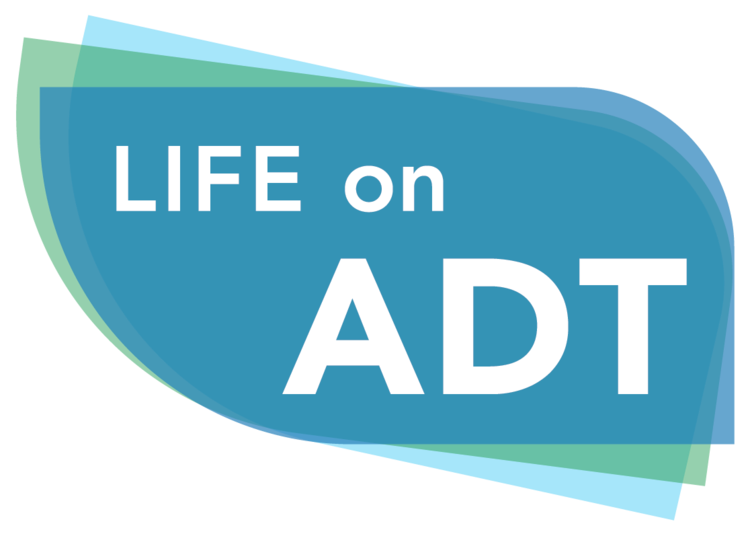ADT, when properly used, can reduce the symptoms of advanced prostate cancer and, either alone or in combination with other treatments, extend the life of prostate cancer patients. However, that has to be understood within the context of two facts. First, ADT itself has a wide variety of adverse effects that can reduce the quality of life of prostate cancer patients. Secondly, there’s little to no evidence that any form of ADT improves the overall survival of prostate cancer patients who have low-risk disease. These facts have led to the development of firm guidelines by medical societies around the world as to when it is best to prescribe or not prescribe ADT.
Some of the best documented guidelines for the use of ADT have been developed by the European Association of Urology (EAU), which is based in Amsterdam but is an umbrella organization for all of Europe. Concerns about whether the guidelines are being followed has inspired some researchers in Rotterdam to explore whether ADT prescriptions in the Netherlands are either concordant or discordant with the EAU guidelines.
Those guidelines are rigorous in specifying that a short PSA doubling time and a fairly high PSA should be documented before patients start on ADT. Of course, symptomatic cancer also justifies prescribing ADT. Yet the Rotterdam researchers found ~15% excess use of ADT in the Netherlands between 2001 and 2019.
So what is going on here?
The researchers were able to capture data on the reasons the prescribing physicians started patients on ADT outside of the guidelines. The most common reason for discord with the guidelines was that the physicians considered the patients unfit for curative treatments. In addition, a proportion of the patients themselves declined potentially curative treatments for unstated reasons. Also, age was a factor; older patients were significantly more likely to be treated with ADT outside of the guidelines.
One positive finding from this study was that there was more than a three-fold decline in over-use of ADT between 2004 and 2011. And the decline continued, but not quite as fast in the following eight years. Awareness of the drugs’ adverse effects seems to be driving adherence to the guidelines and less over-prescribing of ADT, at least in the Netherlands.
What is not discussed in the paper is how the increased use of PSA testing may have motivated some of the overuse of ADT. The paper does not compare Europe with North America, for example, where there has been (up until recently at least) proportionately more PSA testing. A lot of patients find it difficult to accept a rising PSA without some sort of medical intervention. As such, they may be prone to request ADT prematurely, just because it is psychologically difficult to endure a rising PSA no matter how low the PSA is or how slow the rise.
It would be fascinating to see similar studies repeated in other populations around the world. We would be interested to know whether overuse of ADT is more common where PSA screening is most common.
To read the full paper, see: https://pubmed.ncbi.nlm.nih.gov/35911085/
Reference
Hogenhout, R., de Vos, I. I., Remmers, S., Venderbos, L., Busstra, M. B., Roobol, M. J., & ERSPC Rotterdam Study Group (2022). Detailed Evaluation of Androgen Deprivation Overtreatment in Prostate Cancer Patients Compared to the European Association of Urology Guidelines Using Long-term Data from the European Randomised Study of Screening for Prostate Cancer Rotterdam. European urology open science, 42, 42–49. https://doi.org/10.1016/j.euros.2022.06.004
